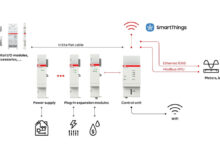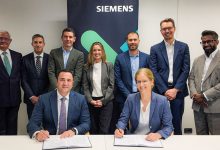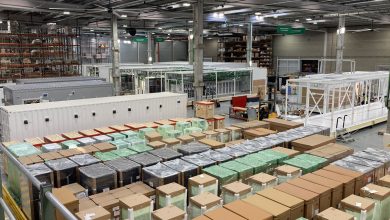Automate Your Production Flows with KIM for Manufacturing
Digitisation without the right technology is difficult. Since the 1970s, information systems have helped managers determine the quantity and timing of raw material purchases. Over time, this system was no longer sufficient, as it did not cover all the data necessary for planning and monitoring production and thus the need arose to integrate all the elements regarding the manufacturing process, in a way that would facilitate the best decisions to production managers to increase the efficiency of production lines.
In 2022, as more organizations are leveraging the power of automation as they navigate towards recovery, the significance of the technology is ever increasing. In a recent survey of IT and engineering leaders by Gartner, 74% of respondents said that automation had helped their workforce work more efficiently with 59% and reported cost reduction up to 30%.
In reshaping our world toward a new normal, industry should leverage digital transformation at an accelerated pace. So, manufacturing will move from occasional smart factory use cases to full-scale smart factory adoption.
With material costs skyrocketing, organizations cannot afford quality errors. Software solution systems will become increasingly essential in quickly identifying mistakes or defects before they impact the whole production line. This will lead to significant improvements in quality and safety and play a big role in lean transformation.
Undoubtedly, KIM is an innovative and highly competitive tool that has completely changed the traditional method of inventory control and management. A fully automated software for manufacturing resource planning, which has framed an efficient production program, and which can allow any company to intelligently manage its operating expenses by optimising operational processes, time and human capital. The data collected through KIM allows companies to develop an effective strategy for the future and predict how their overall strategy may affect business profitability.
KIM for manufacturing gives you the real-time control over the production planning, production follow-up and optimises the flows and stocks of raw materials, semi-finished and finished goods through different stages of production by intelligently combining mobility, digital labelling, and full functionality from MES (Manufacturing Execution System), MRP (Material Resource Planner) and production-oriented WMS (warehouse management systems).
Implementing KIM for Manufacturing allows transparent tracking of production and warehousing operations and supervises in real time the actual usage of personnel, equipment, and materials.
- The production planning tracks customer’s recipes of processes, machines, operators, and operations in a timely and spatial manner in order to ensure an efficient usage. It is able to either create or import the technological steps from dedicated software and allows smart reuse of groups of operations or materials to ensure fast data-entry.
- It documents quantitative inventories on the field, in real-time. Nonconforming materials that found at material reception, storage or during the production chain are documented together with potential items recovered.
Is KIM for manufacturing for you?
KIM for manufacturing is widely used by manufacturing enterprises and production plants, and it is getting traction in related fields of regulated smaller production units where proof of production operations is needed.
How can be integrated?
The solution is available as an on-premise Windows application communicating with an instance of SQL Server. The production planning module is conveniently a web module and thus it may be accessed remotely in the company’s intranet. The mobile application is installed on Android devices, with the capability of printing identification labels for products (Barcode, QR code, RFID).
Optionally, the solution is able to both import and export data from/to a series of supported standard ERP Systems (SAP, Oracle, Microsoft Dynamics, QAD Inc, CROS) or Business Intelligence Tools (Power BI). Data import/export and integration with non-standard ERP Systems or other Information Systems is available separately, billed on a time-and-material basis.
Optionally, for sheet metal production units, it can import cutting patterns from applications such as Metalix or similar.







